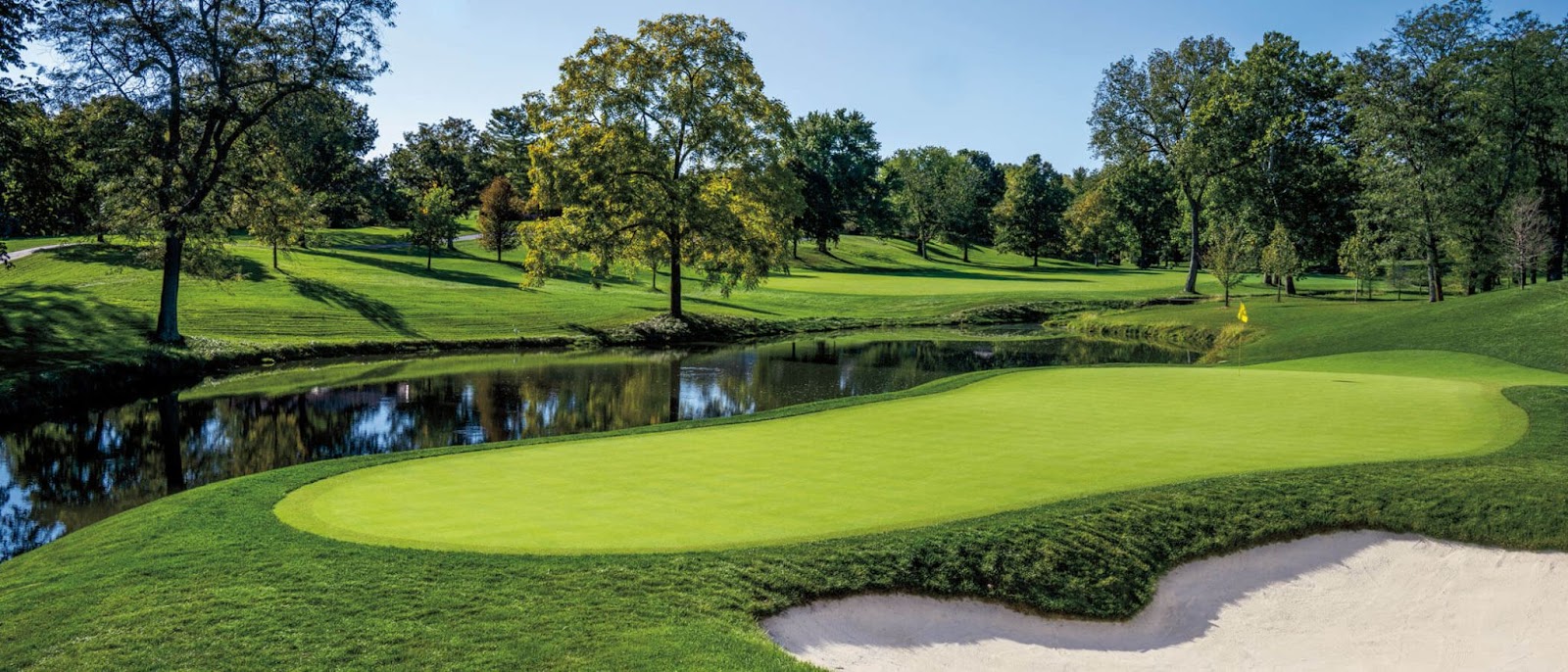A year ago, Jon Rahm withdrew from the Memorial Tournament after three rounds because he’d tested positive for Covid-19:
Surreal TV moment as six-stroke leader Jon Rahm learns he tested positive for COVID and Jim Nantz tries to make sense of it without knowing what Rahm's been told pic.twitter.com/WvD6LmAlxs
— Timothy Burke (@bubbaprog) June 5, 2021
At the time of his withdrawal, Rahm was six strokes clear of second place. Six!
The next day, Patrick Cantlay defeated Collin Morikawa in a playoff. Cantlay and Morikawa finished the tournament two shots ahead of third-place Scottie Scheffler and 10 shots clear of a group tied for 13th.
Two elements of last year’s leaderboard stand out:
1. The best players in the world finished at the top of the leaderboard.
2. A significant number of strokes separated the leaders from the rest of the field.
Bear in mind also that Tiger Woods won this tournament five times, and that in 2000 and 2001, he did so by a cumulative 12 shots. It’s clear that Muirfield Village Golf Club, annual host of the Memorial Tournament, consistently allows elite talent to separate itself from the pack.
How?
One big reason is that Muirfield Village assesses a stiff penalty to players who short-side themselves. When players leave themselves little green to work with on a chip shot at the Memorial, they have a low chance of getting the ball close to the hole.
The greens at Muirfield Village are relatively small and surrounded by thick rough. Historically, the greens have been fast and firm, too. As a result, a player must find a tiny landing zone if he wants to chip the ball within a few feet of the hole—a task made all the more difficult by unpredictable thick rough.
Check out this shot from Tiger Woods at the 2004 Memorial:
Flop shot magic from @TigerWoods 🪄#TOURVault pic.twitter.com/jEnqoWgNG2
— PGA TOUR (@PGATOUR) May 30, 2022
Look how high Tiger flops that shot. Nonetheless, the ball would have trickled a couple of feet past the flag had it missed the hole. Many players would be unable to find the green from Tiger’s location.
Tiger routinely made flop shots at Memorial look a lot easier than they are:
The rough at Muirfield Village is brutal. pic.twitter.com/Gc67SlcRTV
— PGA TOUR (@PGATOUR) June 6, 2021
You could argue that, technically, the above shots are not short-sided. However, given the green speeds, firmness, and lack of spin generated from a shot out of thick rough, many around-the-green shots at Muirfield Village play like short-sided shots.
The scoring difference between a high-quality approach shot and a low-quality approach shot widens when it is difficult to get up and down. As chip shots increase in difficulty, iron play increases in importance.
Yet Muirfield Village does not just test iron players and short game; driving accuracy is also at a premium. The historical penalty for finding the rough off the tee is just shy of a half of a stroke, which is as severe as the penalty at any course on the PGA Tour.
Let’s look at the impact of penal rough on No. 3, for instance.

Measuring just under 400 yards, the third hole is a short dogleg left with trees lining the left side of the fairway and water guarding the front of the green. Most players will hit a ~250 yard tee shot into the generous landing area.
About 88% of players will find this fairway and leave themselves a delicate wedge with a chance for a birdie. The other 12% of players will underperform their competitors by at least a half of a stroke on this hole, often more.
Imagine trying to hit an approach shot into this small, firm green from a gnarly lie in thick rough. Any shot that comes up short finds the water. Shots that bound over the back of the green lead to a tricky up-and-down from the green-side bunker or thick rough.
Ask Cameron Champ how fun that shot is:

No. 3 is indicative of the test displayed throughout the golf course. Small, firm targets repel approach shots into heavy rough. Fairways lined with thick rough and creeks offer an opportunity for accurate ball-strikers to gain a sizable advantage on the field.
Considering the penalty associated with loose shots, I would be shocked to see the errant Bryson DeChambeau anywhere near the top of the leaderboard if he ends up playing this week. On the other hand, supremely accurate ball-strikers Jon Rahm and Collin Morikawa should continue printing money at Muirfield Village this week and into the future.
Critics of the architecture at Muirfield Village argue that it exemplifies “target golf,” lacks options and strategy, and verges on unplayable for the amateur golfer. To an extent, these are valid points.
But I’d counter that there is a place for target golf in the modern professional game. I don’t want to watch Muirfield Village every week, but it is far superior to courses that fail to impose penalties on errant shots. Weaponized with modern equipment, players rip drivers and take on flags at most PGA Tour golf courses without serious consequences for narrowly missing targets.
The Memorial Tournament is a refreshing reminder that professional golf is at its best when errant shots have consequences.


 by
by 
